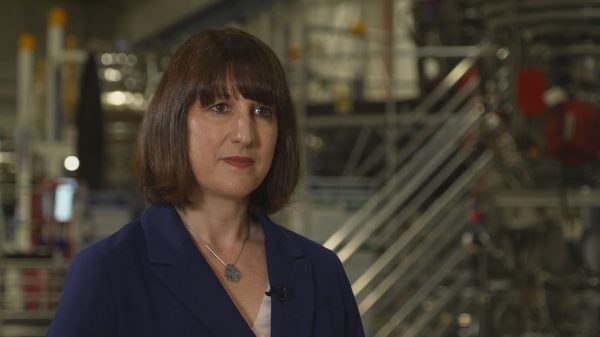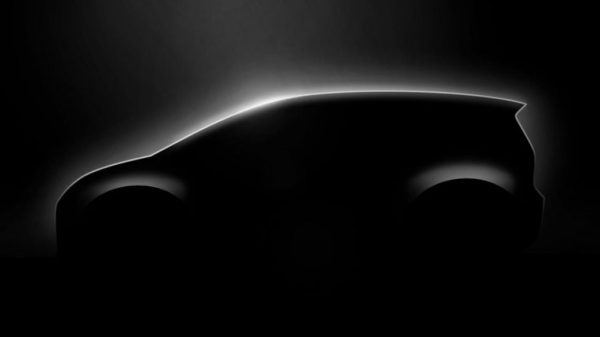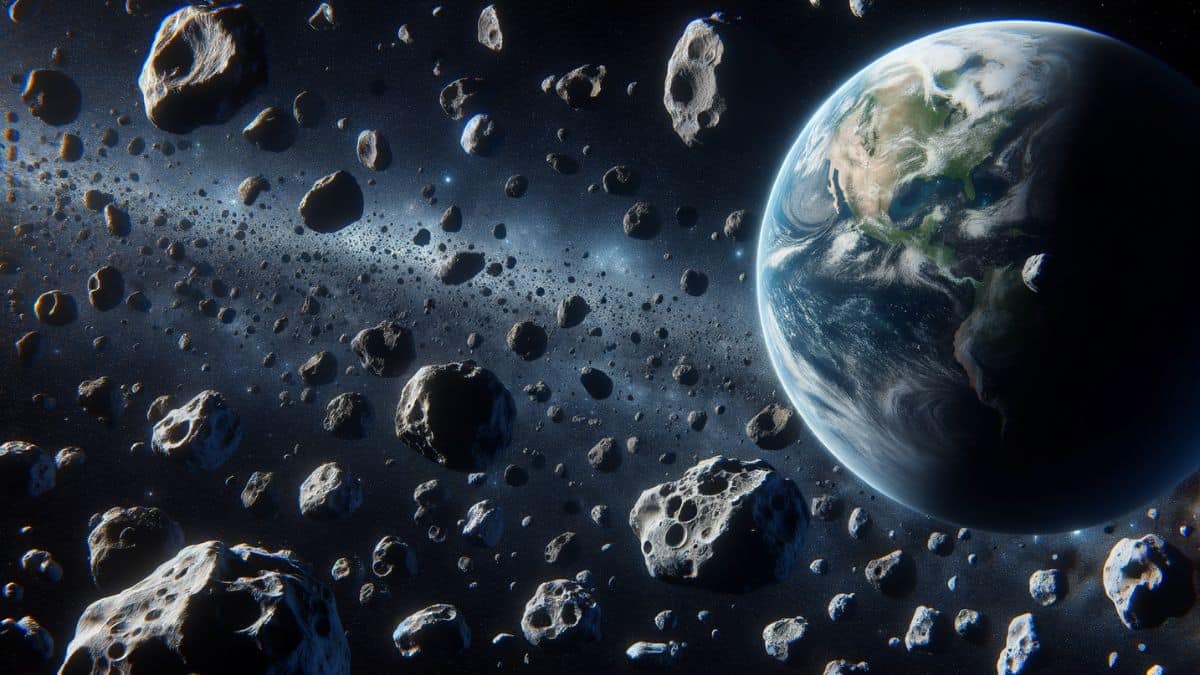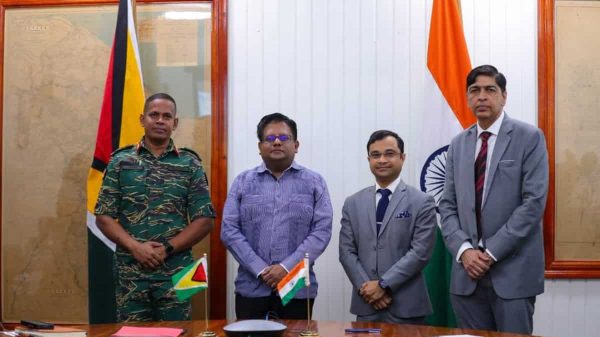Revolutionizing Asteroid Detection
A groundbreaking algorithm has helped asteroid hunters identify a whopping 27,500 overlooked near-Earth asteroids, providing crucial information that could potentially help prevent catastrophic events.
The THOR-like Technology
Known as Tracklet-less Heliocentric Orbit Recovery (THOR), this innovative technology is transforming the way astronomers detect near-Earth asteroids, thereby enhancing planetary defense capabilities.
Efficient Data Processing
Developed by researchers at the University of Washington and the Asteroid Institute, THOR utilizes a novel approach by analyzing archival space photographs to identify celestial bodies. By leveraging the vast digital archives of the National Optical-Infrared Astronomy Research Laboratory (NOIRLab) and Google Cloud technology, THOR processed millions of space images in just five weeks, demonstrating its efficiency and scalability.
Significant Discoveries
The identification of over 27,500 previously unnoticed near-Earth objects, including 100 asteroids within Earth’s orbit, marks a significant milestone in asteroid detection. While none of the identified objects pose an immediate threat to Earth, this data is crucial for potential cosmic threat prevention.
A New Era in Astronomical Research
THOR’s approach of connecting isolated points of light from different images represents a paradigm shift in astronomical research methodology. This method, as noted by experts, provides astronomers with critical insights for both scientific exploration and planetary defense.
“A comprehensive map of the solar system can give astronomers critical insights both for science and planetary defense,” said Matthew Holman, a dynamicist and search algorithm expert at the Center for Astrophysics at Harvard & Smithsonian.
















































